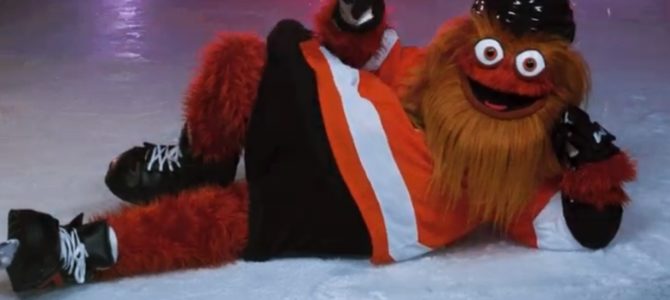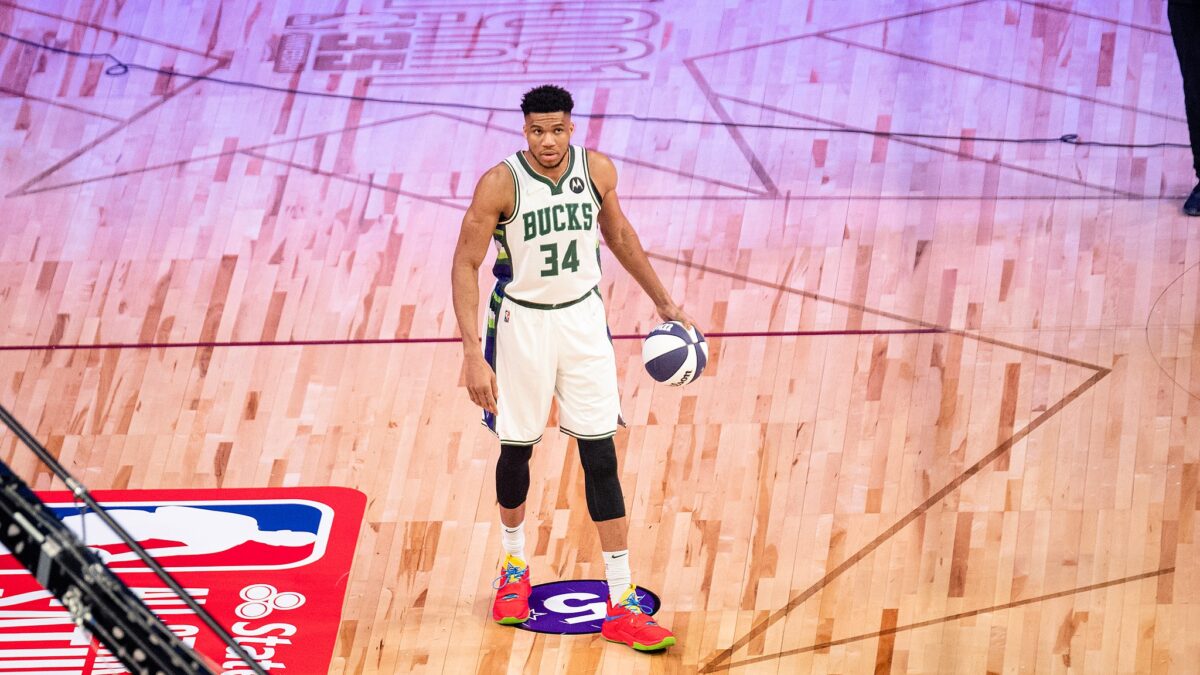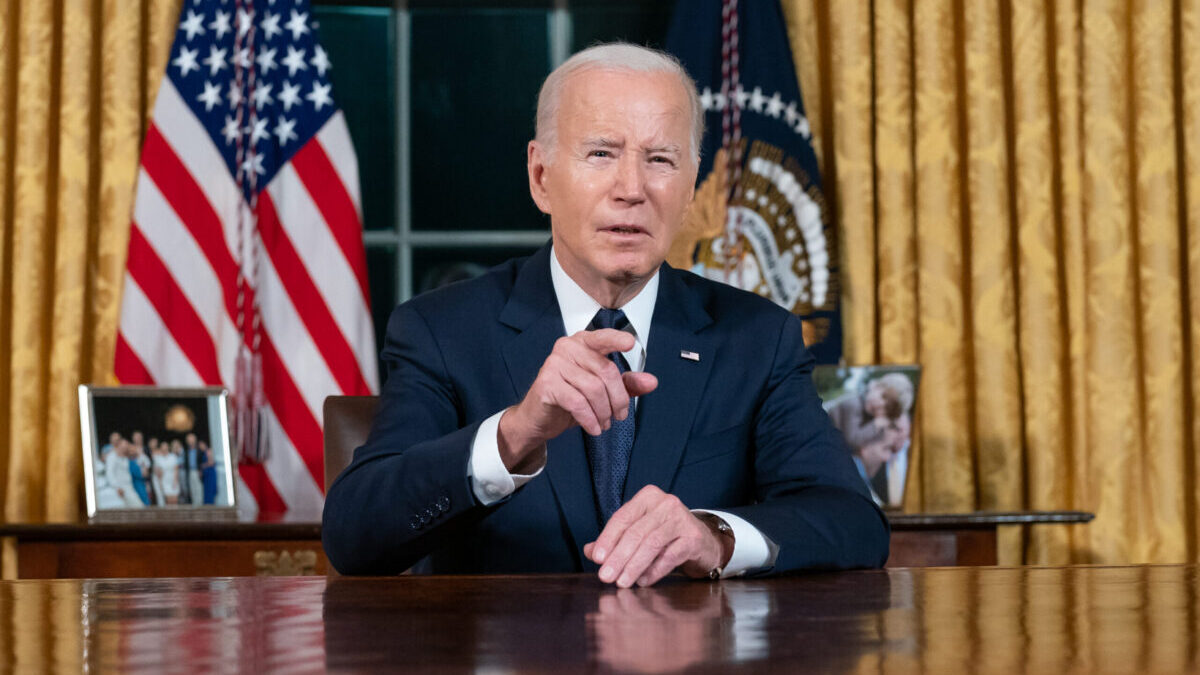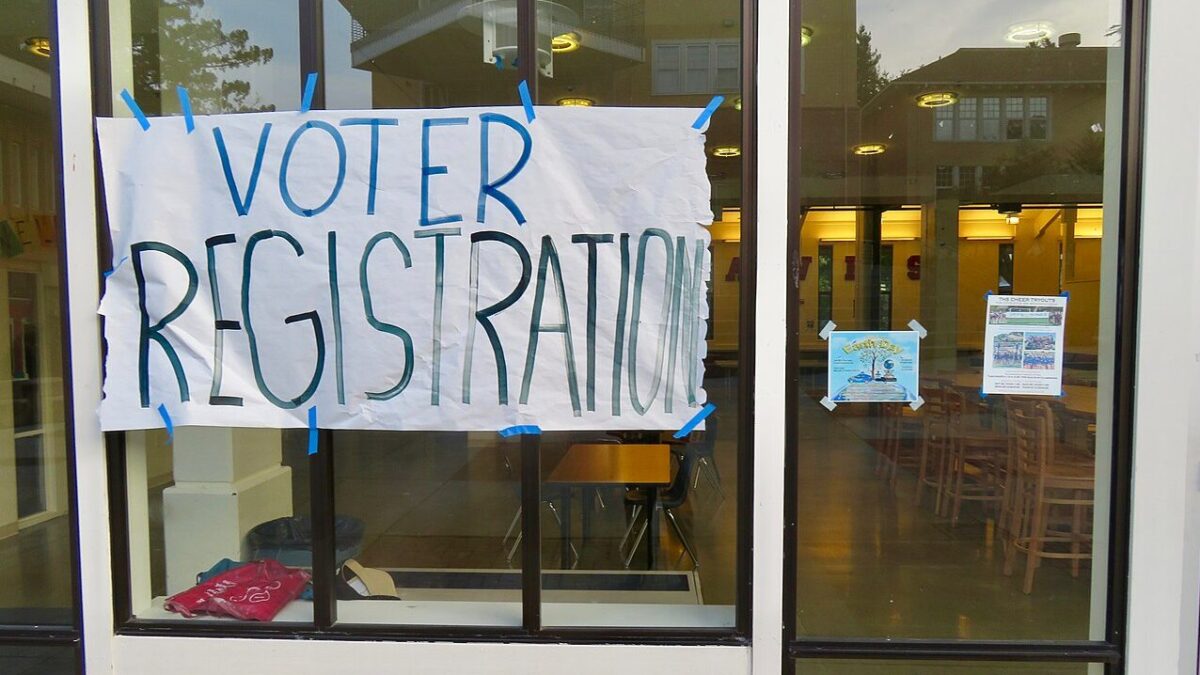
Recently the Philadelphia Flyers introduced the world to Gritty, the hockey team’s new, and rather odd-looking, mascot. Doofy Muppets have long been a staple of Philly sports culture, dating back to the Philly Phanatic’s debut in 1977 and the creation of Rocky Balboa the year before.
These being the days of ashes and sorrow, however, it was only right to add a double shot of hell to the goofball mascot cocktail. If you’ve ever asked yourself, “What would it look like if Grimace from McDonald’s had a baby with Krampus the Christmas Goat Demon,” the fine folks in Flyers’ marketing have the answer. This. Sweet mercy, it would like this:
Wavin hey to my 100k pic.twitter.com/Sv0SPFNK6u
— Gritty (@GrittyNHL) September 30, 2018
As you might imagine, the public response to Gritty has not been entirely positive. Many have claimed that a bug-eyed, terror-inducing creature has no place in the family-friendly atmosphere of a National Hockey League game, where parents and children alike can share the joys of popcorn, power plays, and the occasional bit of felonious assault.
Writing for The Guardian, Matthew Cantor ups the hysteria and argues that Gritty “is a nightmarish frat boy who communicates only in bro-friendly gestures – the guy who was loudly present at every college party but had never experienced true friendship. He fills the hole in his heart with a violent Flyers obsession. He is toxic masculinity incarnate.”
No, Gritty is not toxic masculinity incarnate. He is sports fandom incarnate. And that’s what makes him the perfect mascot.
As The Wide World of Sports taught us, athletic competition is a combination of two extremes: the thrill of victory and the agony of defeat. In times of success, sports bring out the beauty of humanity, uniting us together with a common, childlike joy. You see this in championship celebrations as fans of all ages jubilantly sing team songs in unison and cheer as their heroes process down the city’s main avenue.
In times of sorrow, however, sports bring out our most nightmarish of traits—our explosive anger and booze-fueled destructiveness, our festering narcissism and miserable self-pity. You see this when football aficionados chuck beer bottles onto the field after a bad call, when cops are forced to launch tear gas into mobs of froth-mouthed soccer fans, and when unsaintly Saints devotees respond to a last-second playoff loss by defenestrating their televisions.
Even if we don’t all show up to the parades after a win or the riots after a loss, every sports fan experiences this emotional tug-of-war. I’m sure you have your own examples of behaviors both beautiful (like surprising your son with baseball tickets) and brutal (jersey burning) that have burst forth from a heart pledged to your team of choice. I know I have mine.
I bounced on my couch like a euphoric four-year-old and squealed with giddy glee when my beloved Indianapolis Colts finally felled Tom Brady and the Patriots en route to the Super Bowl. I also, much to my shame, cursed head coach Chuck Pagano and ten generations of his offspring when, years later, the same squad ran the worst trick play in NFL history against its bitterest foe.
Quite simply, sports fandom is half purity and half putrescence. On account of this, there could be no more honest mascot than Gritty, a creature whose DNA appears to be 50 percent Disney and 50 percent devil.
It’s not just professional sports that we approach this way. This equal mixture of innocence and rancidness is also quite evident in how we handle the athletic endeavors of our children. We cheer on our kindergarteners as they stumble around a soccer field. Then those same children reach high school and we find ourselves screaming at them for having the audacity to miss a penalty kick and squelch the endorphin rush we get from living vicariously through them.
We tenderly stand behind our sons, take their hands in ours, and teach them how to position their fingers to throw a fastball. Then, after the slightest glimmer of potential in our little pitchers, we enslave them to travel leagues and blow out their arms before they’re old enough to drive.
We cheer for our daughters when they hit game-winning shots in varsity basketball. Then we become so consumed with pursuing that glorious college scholarship that we devour every second of their free time with coaching, training, and club leagues and thereby rob them of the chance to bond with their families on weeknights, laugh with their friends on Saturdays, and commune with their savior on Sundays.
Every spring when I walk towards the entrance of my local grocery store, I am frequently accosted by Little Leaguers seeking donations for their travel teams. Behind these children stand the fathers who have manifested their undying paternal affection in a thousand different sports-related ways—bringing their boys to Cubs games, showing them how to choke up on a bat, drying their tears, and taking them out for banana splits after a game-losing strikeout.
Yet these men have also, without any trace of shame, compelled their children to beg strangers for money in order to support their own destructive addiction, one those parents cannot afford to have and one that, very often, those children no longer want to be a part of.
For such men, and for all of us who share their sports-related virtues and vices, I can think of no better mascot than a dual-natured creature who is qualified both to prance within our dreams and prowl within our nightmares. We deserve nothing less, and nothing more, than to have our cheers led by a being whose primary source of nutrition appears to come from eating Pixy Stix and snorting Drano.
Sports bring out the absolute best and the absolute worst in us. As long as that’s the case, we ought to embrace the honesty of a mascot who reflects what we are, both at our most honorable and at our most horrifying. Three cheers for Gritty, the child-hugging, soul-devouring cuddle-beast of Philadelphia.









